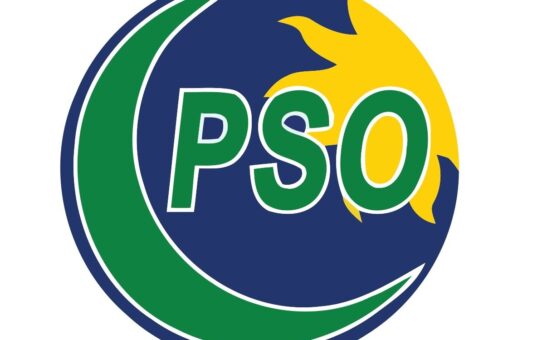Karachi, October 28, 2025 – Pakistan State Oil Company Limited (PSO) has reported an impressive 136% year-on-year (YoY) surge in profit after tax (PAT) for the first quarter of FY26, reflecting the company’s strong operational performance and improved margins.
According to the financial results announced on Tuesday, PSO posted a PAT of PKR 9.39 billion (EPS: PKR 20.0) compared to PKR 3.97 billion (EPS: PKR 8.5) during the same period last year.
Analysts at Arif Habib Limited (AHL) noted that PSO’s net sales declined 6% YoY to PKR 737.2 billion, despite higher volumes and prices of motor spirit (MS) and high-speed diesel (HSD). MS sales grew 1% YoY to 761,000 tons, while HSD sales rose 6% YoY to 675,000 tons. Average MS and HSD prices increased to PKR 266.0/litre and PKR 276.5/litre, respectively.
The decline in topline was mainly driven by the RLNG segment, where PSO’s average DES price dropped to USD 8.01/mmbtu, compared to USD 9.91/mmbtu in the same period last year. The company handled 28 LNG cargoes during the quarter, similar to 4QFY25, but lower than 32 cargoes handled in 1QFY25.
Gross profit rose to PKR 30.05 billion, translating into a gross margin of 4.1% – the highest since September 2023. This improvement was supported by inventory gains and higher lubricant sales, according to analysts.
On the balance sheet, PSO’s receivables fell by PKR 42 billion in 1QFY26 compared to the same period last year. Since December 2023, total receivables have decreased by PKR 122 billion to PKR 426 billion, reflecting better cash flow management.
Moreover, finance costs declined 43% YoY to PKR 5.95 billion, thanks to lower interest rates and reduced short-term borrowings. Meanwhile, other income jumped 40% YoY to PKR 4.56 billion, primarily due to financial charges on line fill costs.
The company booked an effective tax rate of 54.4% in 1QFY26, down from 66.1% in the same period last year, boosting bottom-line profitability.
Industry analysts believe that PSO’s strong quarterly performance highlights improved operational efficiencies, strategic cost management, and inventory optimization, positioning the company for sustained growth in the coming quarters.
